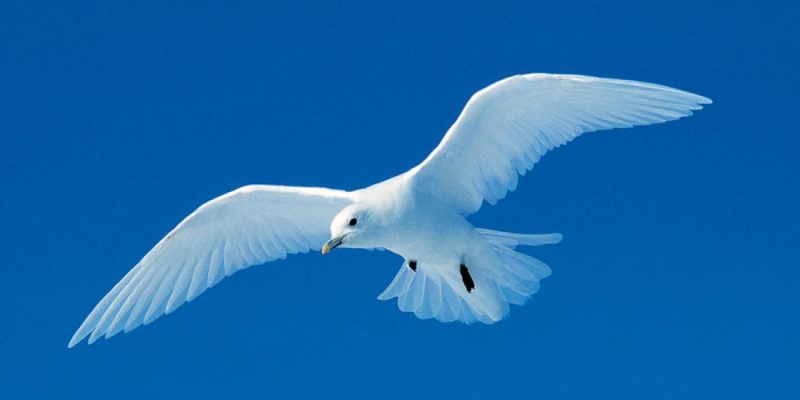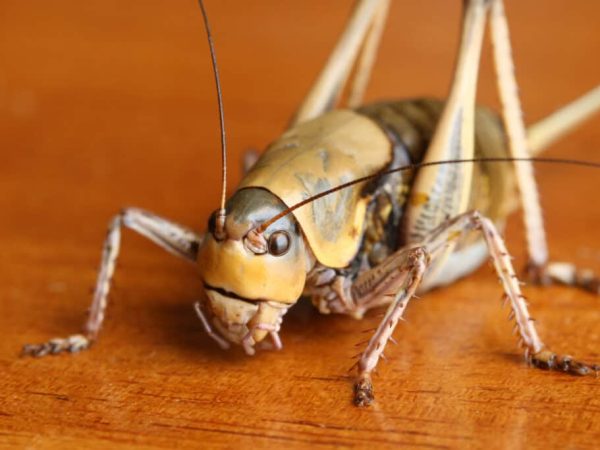Arctic Birds: 10 Breathtaking Species That Will Leave You in Awe

The Arctic is one of the most extreme environments on Earth, yet it’s home to an astonishing array of wildlife. Among its most captivating inhabitants are the Arctic Birds, known for their stunning beauty, unique adaptations, and dramatic migrations. These feathered wonders have evolved to thrive in freezing temperatures, from the tundra to icy coastlines. Whether you’re a birdwatcher, nature lover, or simply curious, learning about these species offers a fresh appreciation of nature’s resilience. Let’s dive into the frozen realm and discover 10 awe-inspiring Arctic Birds that defy expectations.
The Snowy Owl: Arctic Royalty in Flight
Few birds capture the imagination like the majestic Snowy Owl. With its striking white plumage and golden eyes, this Arctic predator glides silently over the tundra in search of prey. Unlike many owls, it hunts during the day, especially in summer when Arctic daylight is nearly constant. Its stealth, power, and beauty make it one of the most iconic Arctic Birds. The Snowy Owl has also gained fame through pop culture, adding to its mystical allure.
The Gyrfalcon: Master of the Sky
The Gyrfalcon is the largest and most powerful falcon found in the Arctic. These formidable hunters display incredible speed and agility, diving on prey with explosive force. Their plumage varies from white to dark gray, providing perfect camouflage against Arctic landscapes. Highly prized in falconry, the Gyrfalcon has long been considered a symbol of nobility and strength. It’s no wonder this bird ranks among the most revered Arctic Birds.
The King Eider: Regal and Vibrant
Male King Eiders are known for their vibrant plumage, with a palette of blues, greens, and oranges that stands out against the ice. These sea ducks breed along Arctic coasts and dive deep to forage on mollusks and crustaceans. Their large flocks create stunning scenes during migration and molting seasons. The King Eider’s unique appearance and social behavior make it a standout among Arctic Birds. Observing one in the wild is truly a regal experience.
The Ivory Gull: Ghost of the Ice
True to its name, the Ivory Gull is a ghostly white seabird that thrives among Arctic pack ice. It feeds on fish and carrion, often scavenging behind polar bears and seals. These gulls are considered indicators of ecosystem health due to their reliance on sea ice habitats. With declining ice levels, the Ivory Gull’s future faces uncertainty. Yet, its striking beauty and adaptability continue to fascinate those who study Arctic Birds.
The Arctic Tern: The Ultimate Migrant
The Arctic Tern is renowned for making the longest migration of any bird—traveling from the Arctic to Antarctica and back each year. This journey covers around 44,000 miles annually, an astounding feat for such a small bird. Sleek, graceful, and endlessly enduring, the Arctic Tern embodies the spirit of exploration. It’s a shining example of endurance in the list of extraordinary Arctic Birds. Witnessing its flight is witnessing the power of instinct and resilience.
The Long-tailed Jaeger: Agile Aerial Pirate
The Long-tailed Jaeger, also known as the Arctic Skua, is a sleek and acrobatic bird that often engages in aerial piracy. It chases other birds mid-flight to steal their food, a behavior known as kleptoparasitism. With long, elegant tail streamers and fast, agile wings, it cuts a dramatic figure against the Arctic skies. This bold and cunning bird adds flair to the Arctic ecosystem. It’s one of the more aggressive yet fascinating Arctic Birds.
The Common Eider: Arctic’s Hardy Sea Duck
The Common Eider is the largest duck in the Northern Hemisphere and is well-known for its insulating down feathers, which are harvested sustainably for luxury bedding. These birds form massive colonies and are often found in frigid coastal waters. Females display remarkable parenting, sometimes sharing duties in cooperative crèches. Their adaptability and importance to indigenous cultures make them essential members of the Arctic Birds family. Their soft “cooing” calls are also oddly soothing amid the Arctic chill.
The Northern Fulmar: Ocean Nomad
Northern Fulmars resemble gulls but are actually members of the tubenose family, related to albatrosses. They are superb gliders, spending most of their lives over open oceans. With a distinct tube-shaped nostril and salty spit, they’re well-suited for marine life. These birds nest on cliff faces and are often seen following ships. Their mastery of the wind and sea earns them a place among the most captivating Arctic Birds. Don’t let their ordinary look fool you—they’re exceptional navigators.
The Red Phalarope: Spinning for Survival
Red Phalaropes are unique among Arctic shorebirds for their reverse sexual roles—females are more colorful and males incubate the eggs. They often spin in circles on the water to create whirlpools that draw in prey like plankton. In their breeding plumage, they display brilliant reds and golds, contrasting beautifully with the Arctic’s icy blues. Their unusual behaviors and stunning appearances make them must-see Arctic Birds. They’re a dazzling swirl of color and movement in a frozen world.
The Ross’s Gull: Elusive Arctic Gem
Ross’s Gull is one of the rarest and most mysterious Arctic Birds, breeding only in remote parts of the high Arctic. Its pale pink body, wedge-shaped tail, and graceful flight give it a delicate elegance. Birdwatchers consider a sighting of Ross’s Gull a bucket-list achievement. Little is known about its full life cycle, adding to its allure. As ice melts and habitats shift, this bird’s future hangs in the balance—making it both precious and poignant.
Conclusion
From powerful predators like the Gyrfalcon to whimsical dancers like the Red Phalarope, Arctic Birds showcase nature’s ability to adapt and thrive in the harshest environments. Each species offers a glimpse into the resilience, beauty, and diversity of life at the top of the world. Despite challenges like climate change, these birds continue to inspire awe with their survival strategies, migrations, and social behaviors. Whether you’re planning a trip to the Arctic or simply exploring from afar, the world of Arctic Birds is bound to leave a lasting impression. Protecting these birds means preserving the fragile ecosystems they call home—and ensuring future generations can experience their wonder.
FAQs
Q1. What types of birds live in the Arctic?
The Arctic is home to a variety of bird species including owls, falcons, gulls, sea ducks, and migratory shorebirds specially adapted to cold climates.
Q2. Why do some birds migrate from the Arctic to other regions?
Many species migrate thousands of miles to find abundant food and better weather, often returning to the Arctic for its long daylight hours during breeding season.
Q3. How do birds survive the freezing temperatures?
They rely on thick plumage, fat storage, behavioral adaptations like huddling, and unique feeding strategies to stay warm and nourished in extreme conditions.
Q4. Are any of these birds considered threatened or endangered?
Yes, several species face risks from habitat loss, climate change, and pollution, with declining sea ice and food availability impacting their survival.
Q5. Can these birds be seen outside the Arctic region?
Absolutely. During migration, many travel to areas in Europe, Asia, Africa, and the Americas, offering chances for birdwatchers to observe them globally.
Also read: What Is the Cost of Living Rider? Everything You Need to Know











